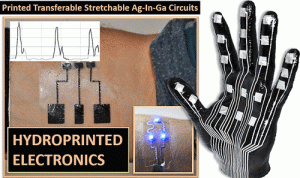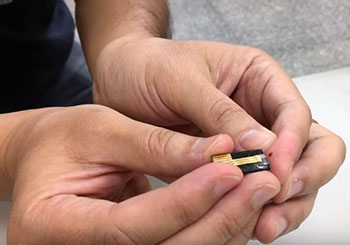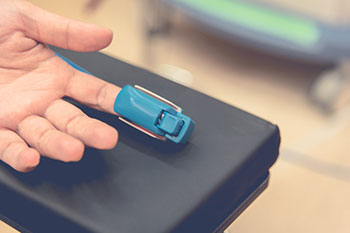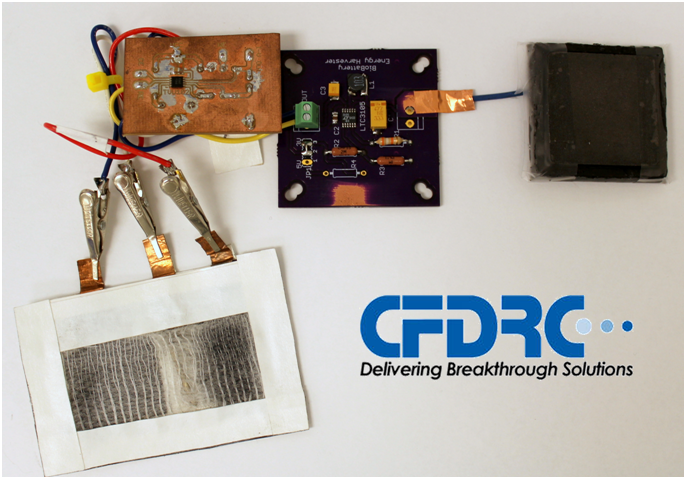 ECS Sensors Plus is publishing a focus issue on grand challenges and potential solutions in next-generation sensing and sustainability.
ECS Sensors Plus is publishing a focus issue on grand challenges and potential solutions in next-generation sensing and sustainability.
Sensing technology plays a pivotal role in achieving health and environmental sustainability goals, as outlined by the United Nations. To support these goals, sensors must deliver reliable, context-specific performance, allowing effective decision-making at critical points of need. In this regard, next-generation sensing technologies are emerging as a promising tool. These advanced systems integrate functionalized materials with tunable properties, miniaturized electronics, efficient data management, AI-driven algorithms, and sophisticated data analytics to enable intelligent decision-making and risk assessment. However, the concept of next-generation sensing, which represents a leap toward highly integrated, intelligent sensing solutions, remains underexplored due to its complex, multidisciplinary challenges.




 Deadline Extended: March 19, 2018
Deadline Extended: March 19, 2018
 Engineers used tissue paper—similar to toilet tissue—to make a new kind of wearable sensor that can detect a pulse or a blink of an eye.
Engineers used tissue paper—similar to toilet tissue—to make a new kind of wearable sensor that can detect a pulse or a blink of an eye. A new chemical sensor prototype will be able to detect “single-fingerprint quantities” of chemicals and other substances at a distance of more than 100 feet—and its creators are working to make it the size of a shoebox.
A new chemical sensor prototype will be able to detect “single-fingerprint quantities” of chemicals and other substances at a distance of more than 100 feet—and its creators are working to make it the size of a shoebox. Engineers have developed a flexible sensor “skin” that can stretch over any part of a robot’s body or prosthetic to accurately convey information about shear forces and vibration—information critical to grasping and manipulating objects.
Engineers have developed a flexible sensor “skin” that can stretch over any part of a robot’s body or prosthetic to accurately convey information about shear forces and vibration—information critical to grasping and manipulating objects. Researchers are shedding new light on cell biology with the development of a graphene sensor to monitor changes in the mitochondria.
Researchers are shedding new light on cell biology with the development of a graphene sensor to monitor changes in the mitochondria.
